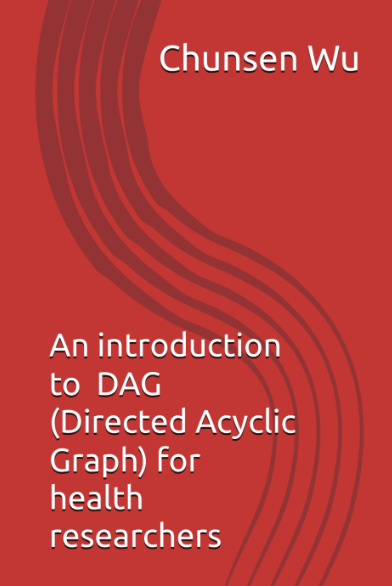News:
A new book “An introduction to Directed Acyclic Graph (DAG) for health researchers” has been published in Amazon in the 21st December 2024

The book description:
"Directed acyclic graph (DAG) is increasingly used in modern epidemiology, especially guide researchers to implementing causal inference in observational studies. Casual DAG visually presents causal knowledge and assumptions between variables. Once one can manage the rules, it can facilitate many tasks, such as using DAG makes it easier to understand many concepts for example direct and indirect causal effects, mediation analysis, collider stratification bias, selection bias, and information bias, etc. It also makes easier to recognize and avoid mistakes in analytic decisions such as using the backdoor criterion to select variables to be adjusted."
"More advanced texts on DAGs are readily available in textbooks and in scientific papers, but a simple and comprehensive introduction to DAG is lacking."
"The book thoroughly introduces DAG in a plain language from the scratch, step by step with more simple and accessible language explaining the concepts, terminologies, rules, and potential applications. The book will pave the way for researchers using DAG."
Link to the book
Stata commands
We have developed a Stata command (evalues) to carry out the calculation. Type and run "ssc describe evalues" in the Stata command window. You should be able to view and download the command.
